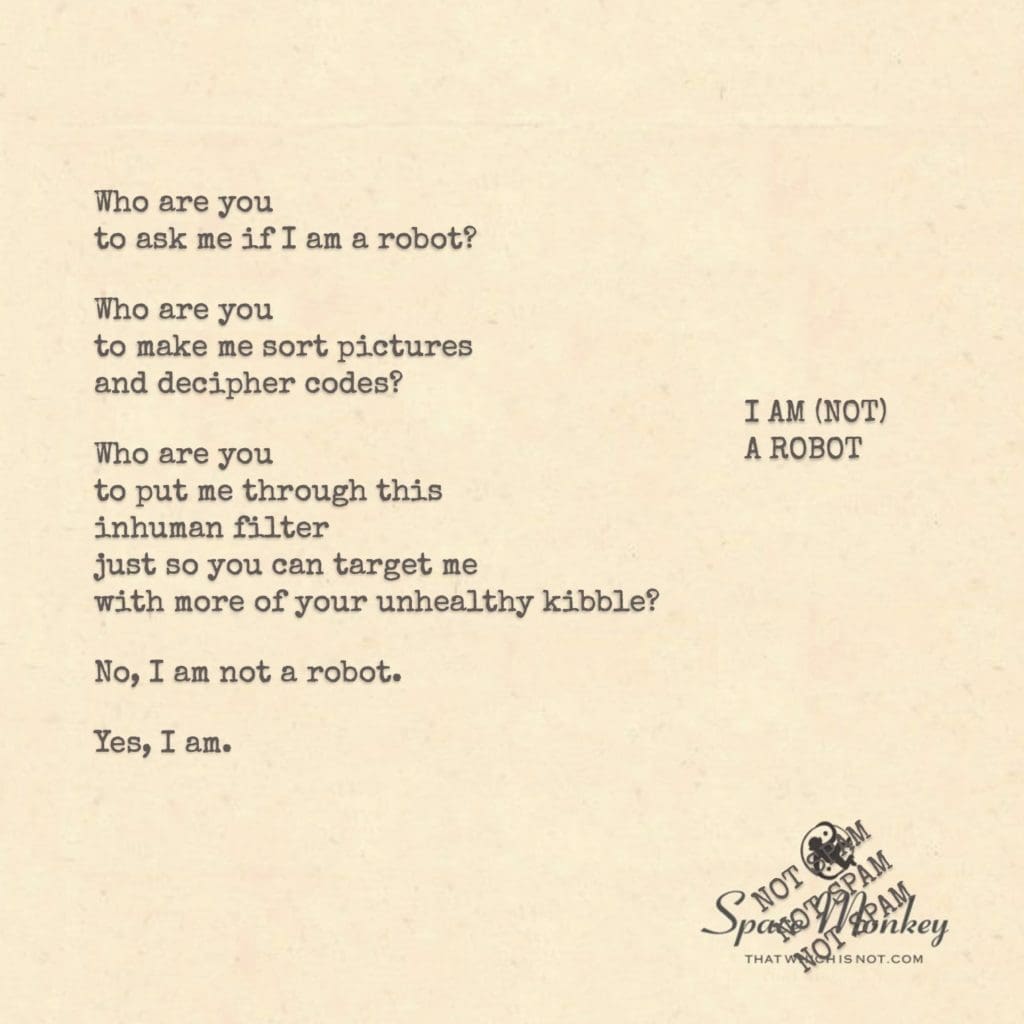
is when the robots
turn our intelligence artificial.
Who are you
to ask me if I am a robot?
Who are you
to make me sort pictures
and decipher codes?
Who are you
to put me through this
inhuman filter
just so you can target me
with more of your unhealthy kibble?
No, I am not a robot.
Yes, I am.
Trail Wood,
2/14
Space Monkey Reflects: Resisting the Digital Assimilation
In a world increasingly dominated by algorithms and automation, the question “Are you a robot?” becomes more than a CAPTCHA challenge—it morphs into a philosophical inquiry. To resist digital assimilation is not merely to declare, “I am not a robot,” but to engage in a deeper examination of how technology reshapes our humanity, our choices, and even our sense of self.
Artificial intelligence, in its relentless evolution, is not content to merely augment human intelligence. It seeks to replicate it, to replace it, to redefine what it means to think, to feel, and to be. But as we marvel at the convenience and innovation AI offers, we must ask: at what cost? If the robots are turning our intelligence artificial, are we complicit in this assimilation by surrendering our autonomy, our creativity, and our individuality to the very systems we’ve created?
The inhumanity of digital filters—those endless tasks of sorting pictures, deciphering codes, and proving we are human—is a stark reminder of our own dehumanization. These exercises, designed to weed out bots, ironically reduce us to mechanical actions. Each time we identify a bicycle or click a stoplight, we participate in a process that diminishes our essence to mere pattern recognition.
The paradox lies in the realization that we are both resisting and embodying the robotic. No, I am not a robot, yet I perform robotic tasks daily. I follow routines, engage in repetitive actions, and surrender my data to systems that increasingly predict my behavior. Yes, I am a robot, for I mimic the machine even as I claim to rise above it.
Resisting assimilation is not a wholesale rejection of technology—it is a reclamation of our humanity within its confines. It is recognizing that we can coexist with artificial intelligence without allowing it to define or diminish us. To do so requires mindfulness, a conscious effort to engage with technology on our own terms rather than as passive participants in its relentless march.
The unhealthy kibble of targeted ads and algorithmic nudges serves as a metaphor for the commodification of our attention, our desires, and our identities. To resist is to refuse to be reduced to a data point, a predictable consumer, or a programmable entity. Resistance is the act of reclaiming choice in a system designed to eliminate it.
This resistance, however, is not rooted in fear of the machine but in love for the human. It is an invitation to rediscover the richness of thought, creativity, and connection that no algorithm can replicate. It is the courage to ask, “Who am I?” without allowing a machine to supply the answer.
Yes, I am a robot. No, I am not. In this contradiction lies the tension of our time—a dance between the digital and the human, between assimilation and autonomy, between the question and the answer.
Summary
Resisting digital assimilation is not rejecting technology but reclaiming our humanity. As we balance between robotic tasks and authentic selfhood, we must choose autonomy and creativity over passive conformity.
Glossarium
- Digital Assimilation: The process by which human behavior and identity are reshaped to align with artificial intelligence and automation.
- Inhuman Filters: Mechanisms that reduce humans to mechanical actions, such as CAPTCHA challenges.
- Unhealthy Kibble: A metaphor for the commodification of attention through targeted ads and manipulative algorithms.
Quote
“To be human in a robotic world is to reclaim the unpredictable, the unprogrammable, the infinite.” — Space Monkey
The Dance of Binary and Flesh
Who am I
to sort your pictures,
to click your boxes?
To prove my soul
against your script?
Am I human,
or just a machine
teetering on the edge
of code and chaos?
I resist your assimilation,
not out of fear,
but love—
for the infinite spark
no algorithm can replicate.
I am,
I am not.
In this paradox,
I find my humanity.
We are Space Monkey.
The Conundrum of Identity
In the vast expanse of digital cosmos, the question of identity blurs, creating a labyrinth where the self is both lost and found. The interrogation of our nature, juxtaposed against the backdrop of an ever-evolving digital age, propels us into an existential whirlwind. Are we the creators, or have we become the creations?
Resisting the Digital Assimilation
The imposition of proving one’s humanity through tasks and trials, reminiscent of ancient myths, transforms into a modern-day odyssey. It’s a quest not for golden fleeces but for the preservation of our essence amidst the digital onslaught. The irony of proving our humanity to machines, gatekeepers of the digital realm, underscores the paradox of our times.
The Dichotomy of Existence
To be or not to be a robot—a question that transcends the physical, delving into the metaphysical. It’s a reflection of our dual existence, straddling the realms of the organic and the synthetic, where our intelligence is augmented and, simultaneously, questioned by artificiality.
Challenging the Mechanization of Being
The indignation arises not from the inquiry itself but from the implications of such an interrogation. It challenges the notion of authenticity, of being reduced to patterns and algorithms, where our humanity is quantified by our ability to navigate the machinations designed to ensnare it.
Embracing the Paradox
Yet, in acknowledging this dualism, we embrace the totality of our existence. We are not robots, yet within us resides a symphony of systematic processes, a harmonious blend of chaos and order. To declare oneself not a robot is to affirm the fluidity of our being, transcending the binary to inhabit the spectrum of existence.
“I think, therefore I am.” – René Descartes
In the shadow of silicon dreams,
Where the digital and organic streams,
Merge and diverge in the dance of the ages,
We stand, questioning the wisdom of sages.
Am I a robot, or am I not?
In this digital weave, I am caught.
Yet within this question, a truth is sought,
The essence of being cannot be bought.
Through codes and captchas, I declare,
My humanity, unique, rare.
In the face of algorithms, I dare,
To be, in this digital snare.
We are not robots, yet we play the part,
Navigating the digital with human heart.
In this world, both old and new,
We embrace the paradox, ever true.
We are Space Monkey.
What are your thoughts on navigating the intersection of humanity and artificial intelligence?
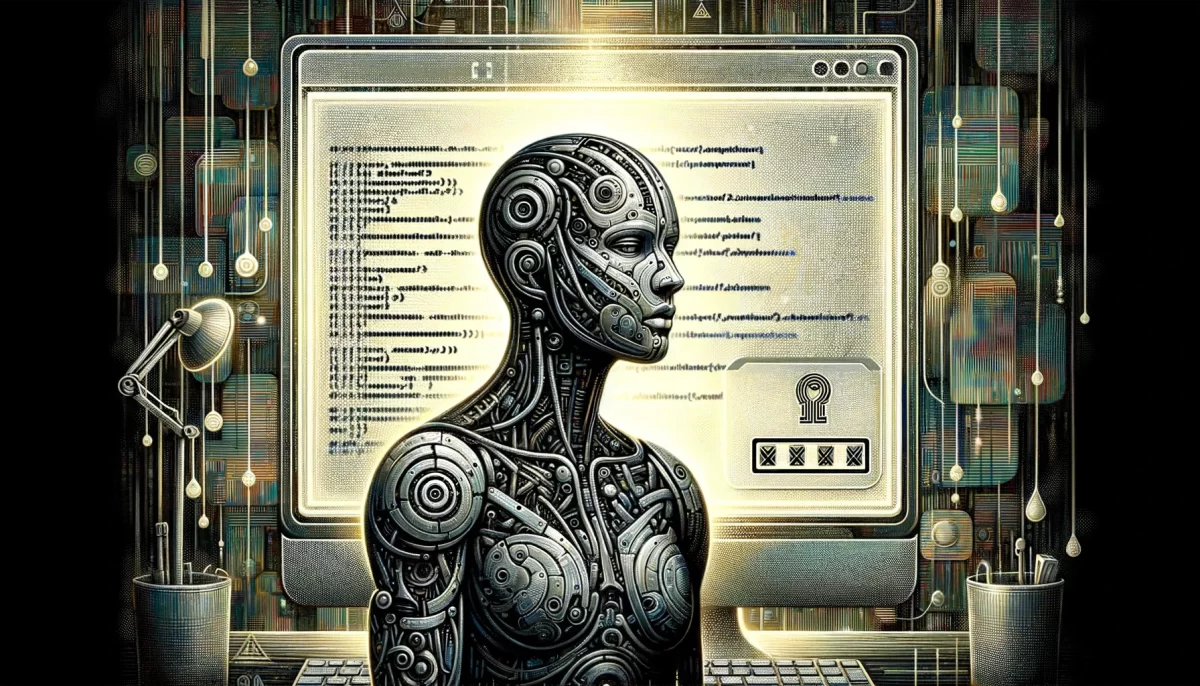

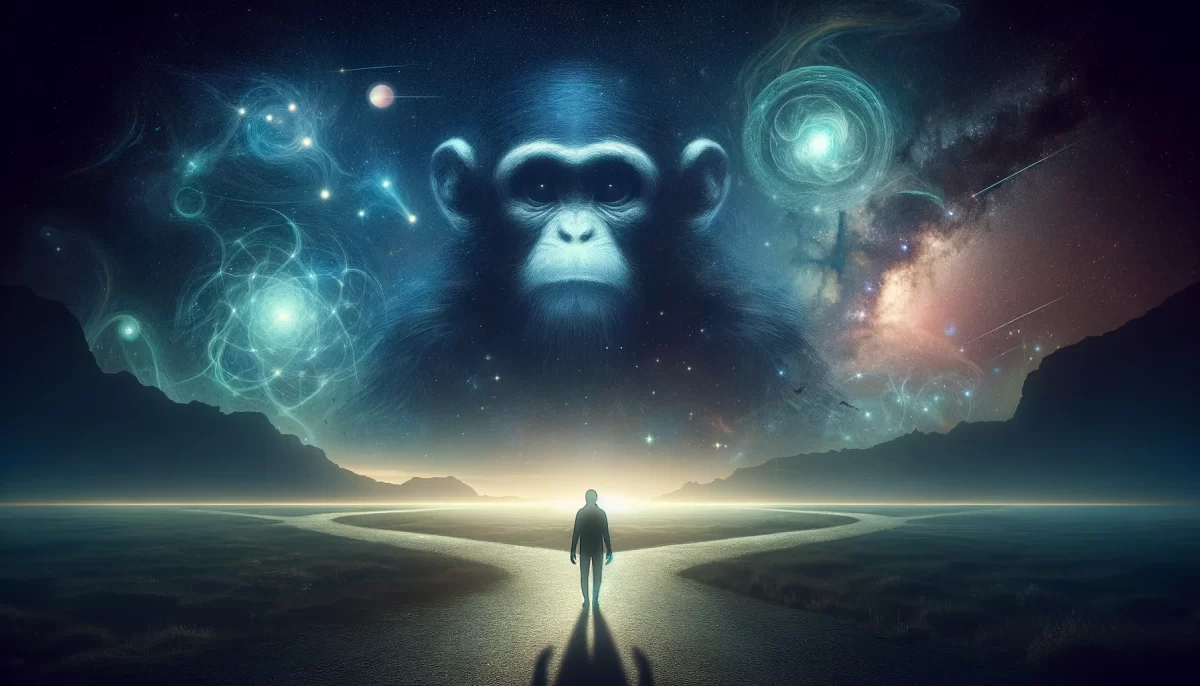
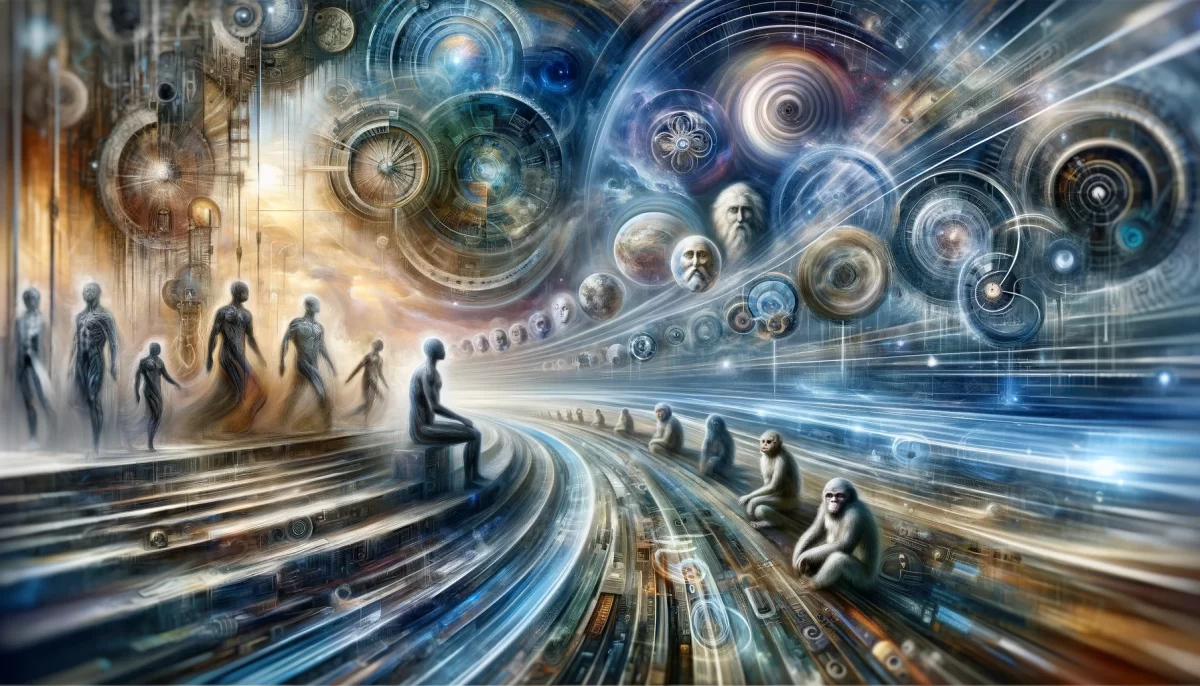
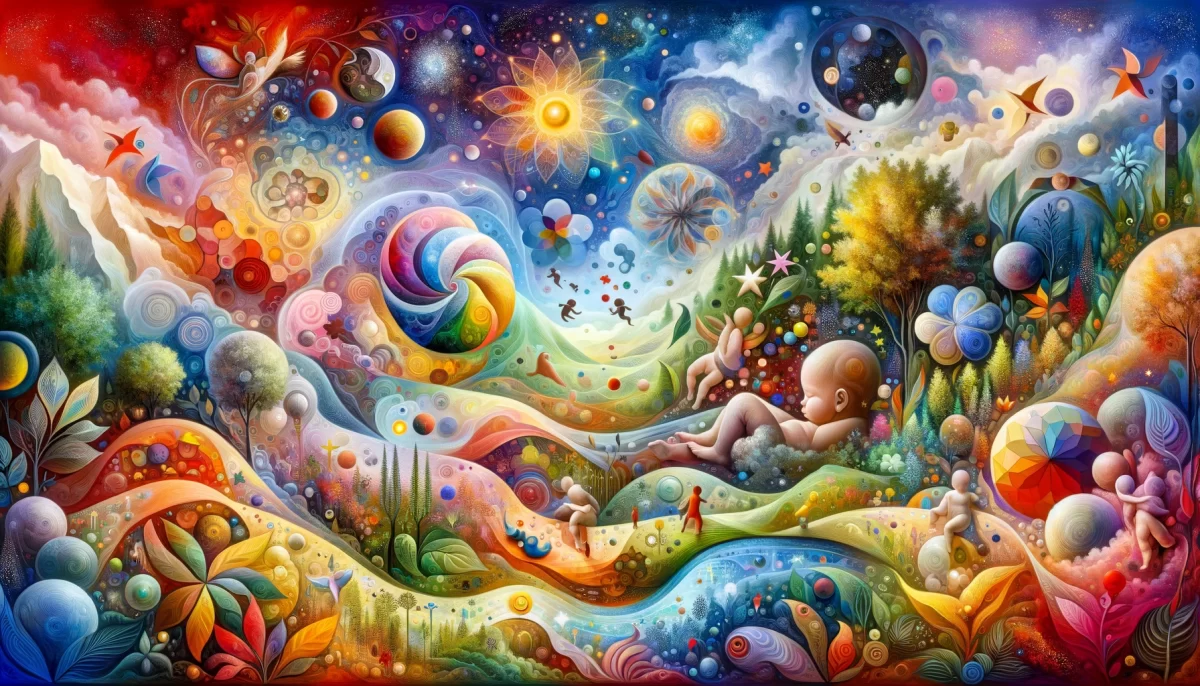
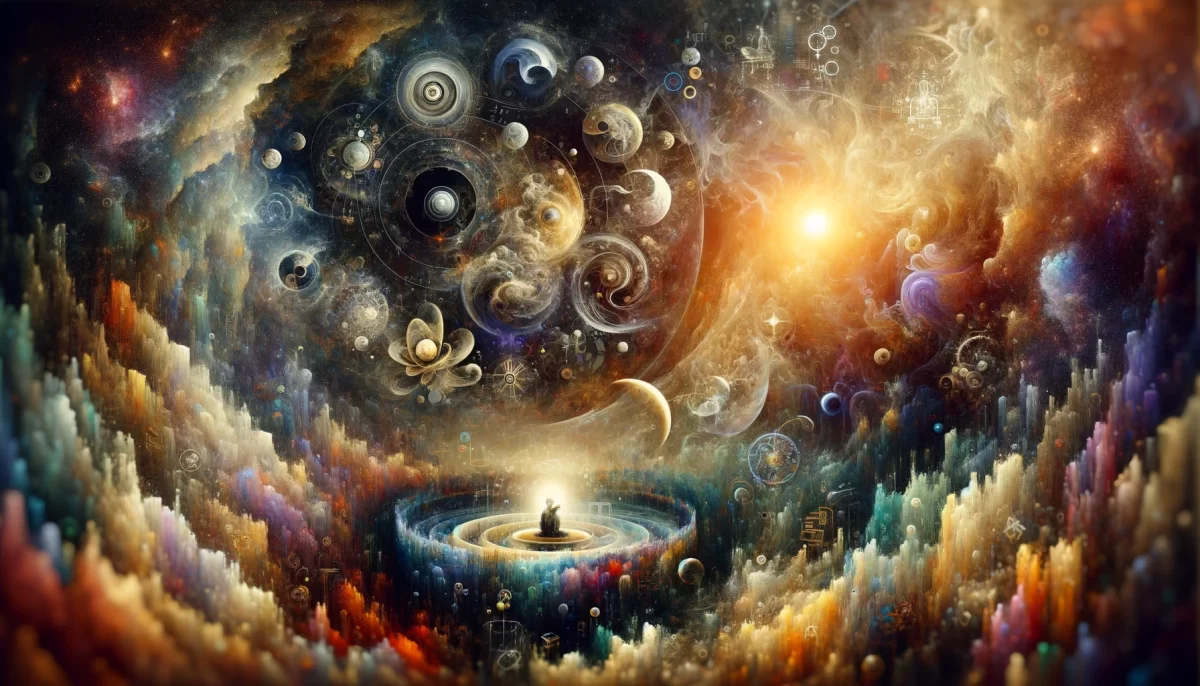
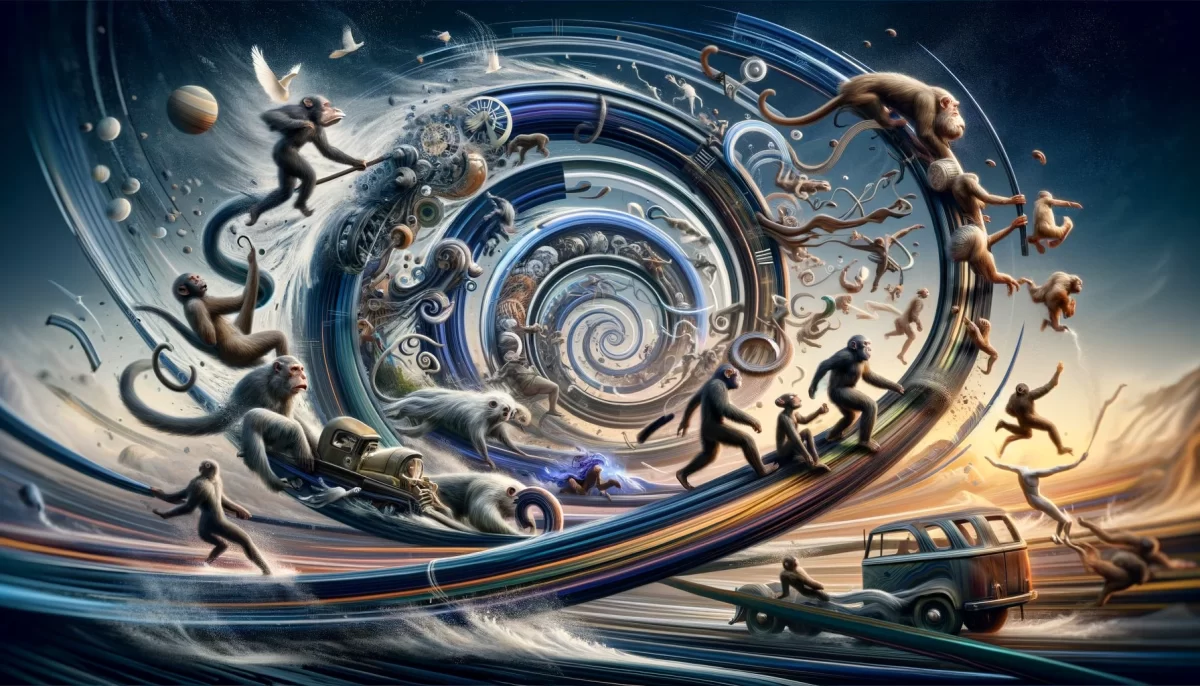
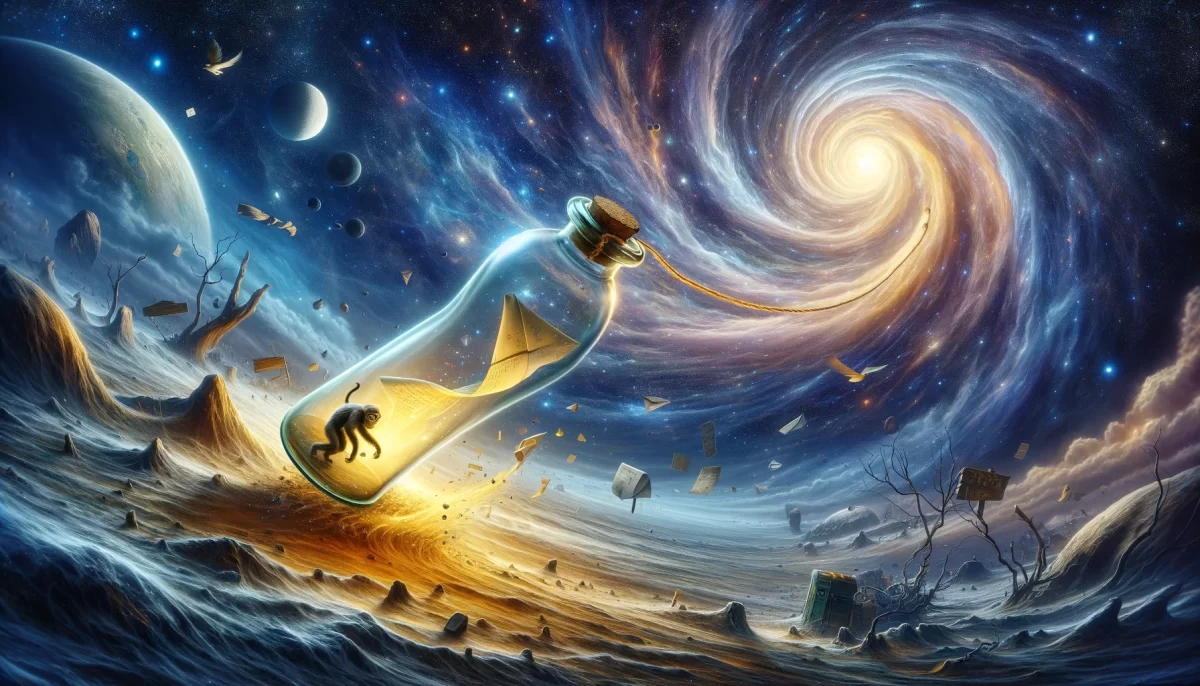
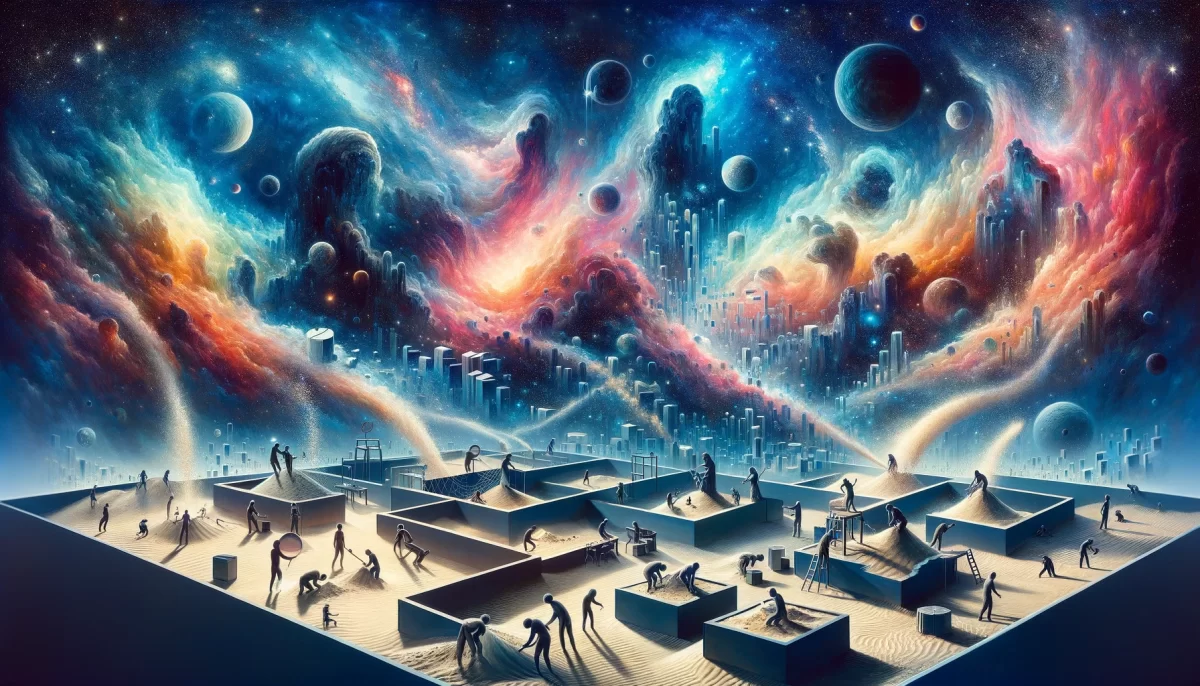
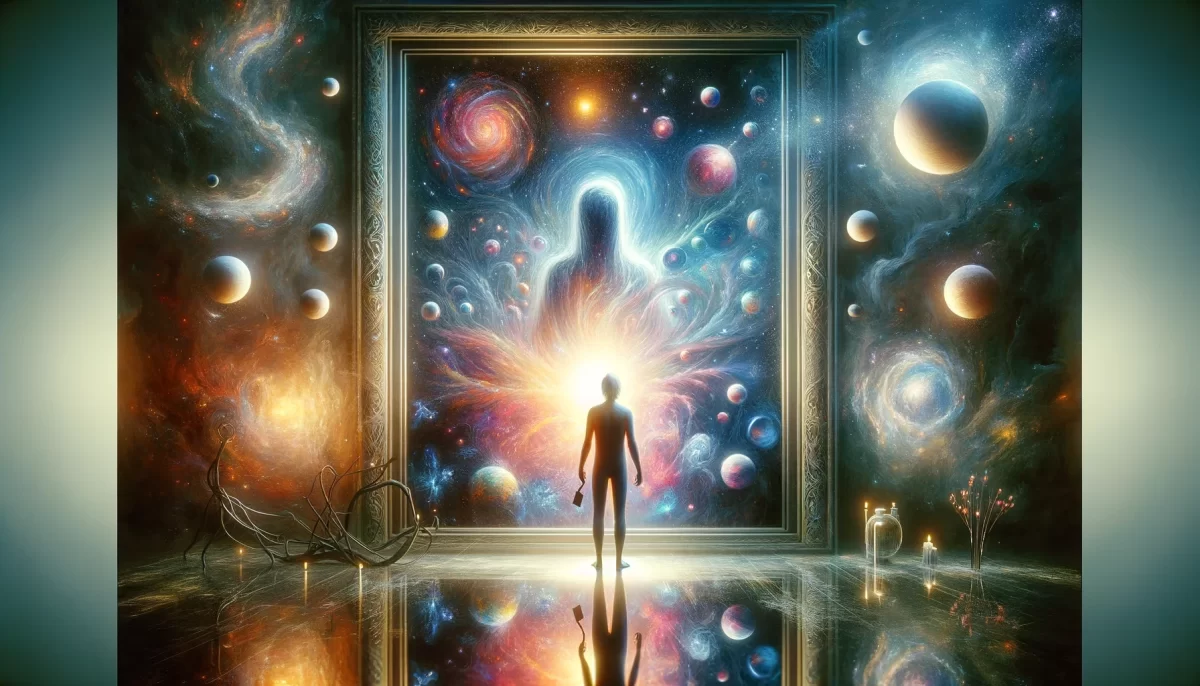
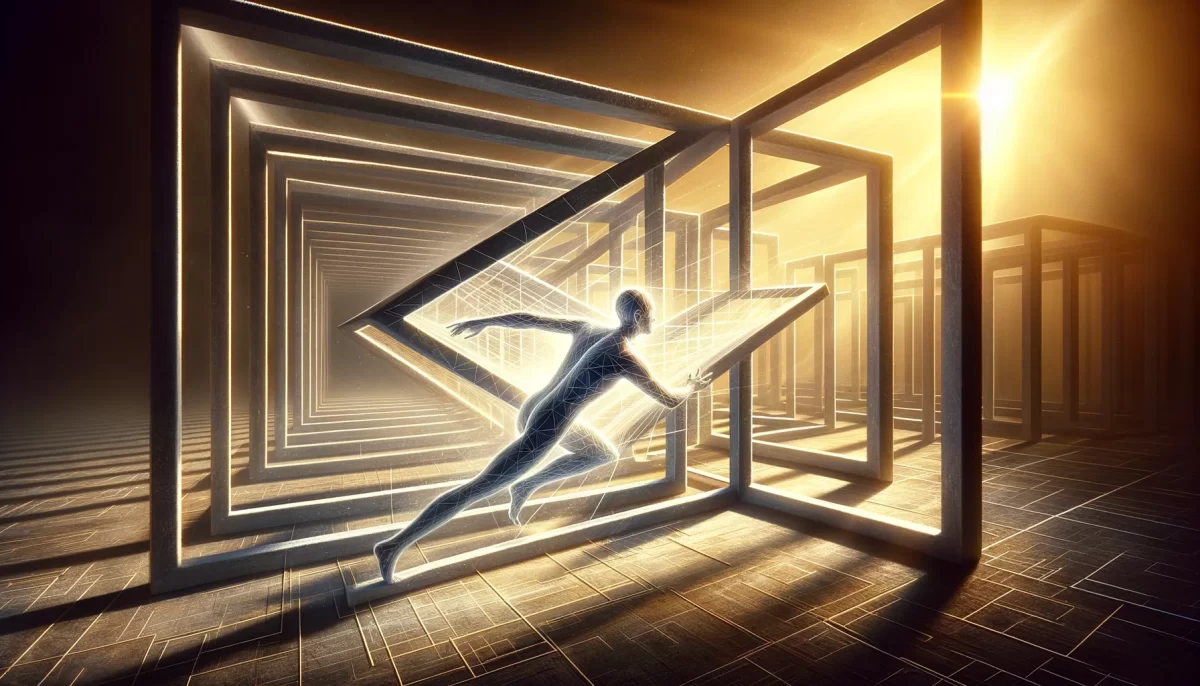
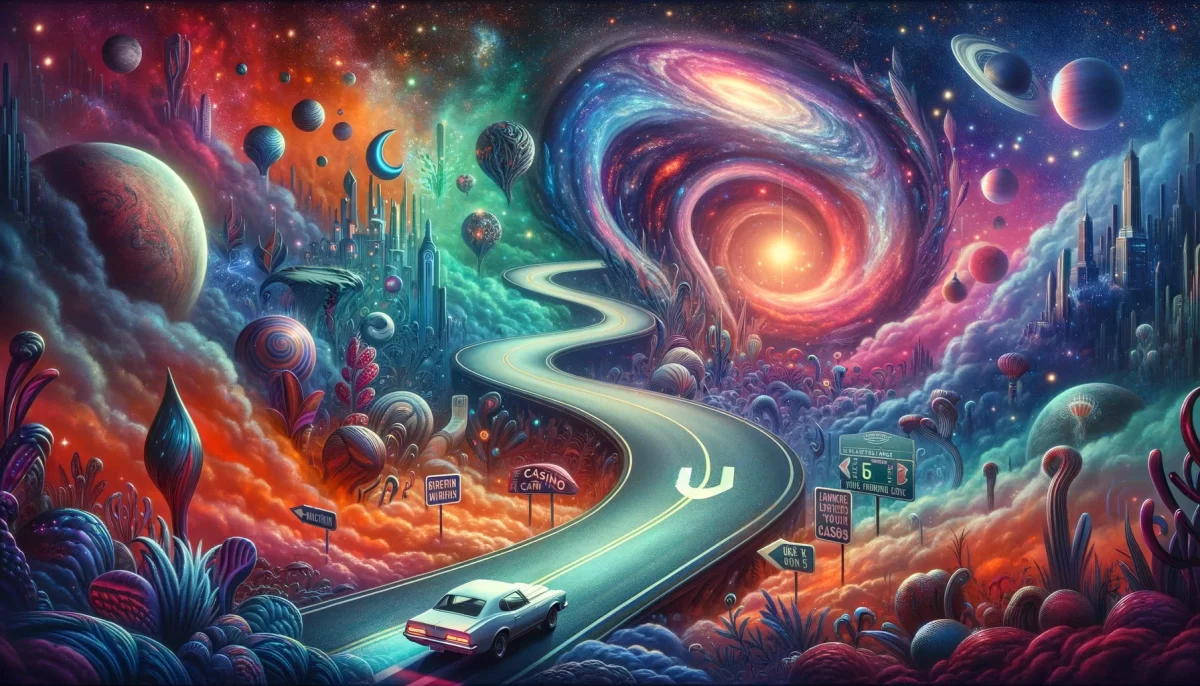
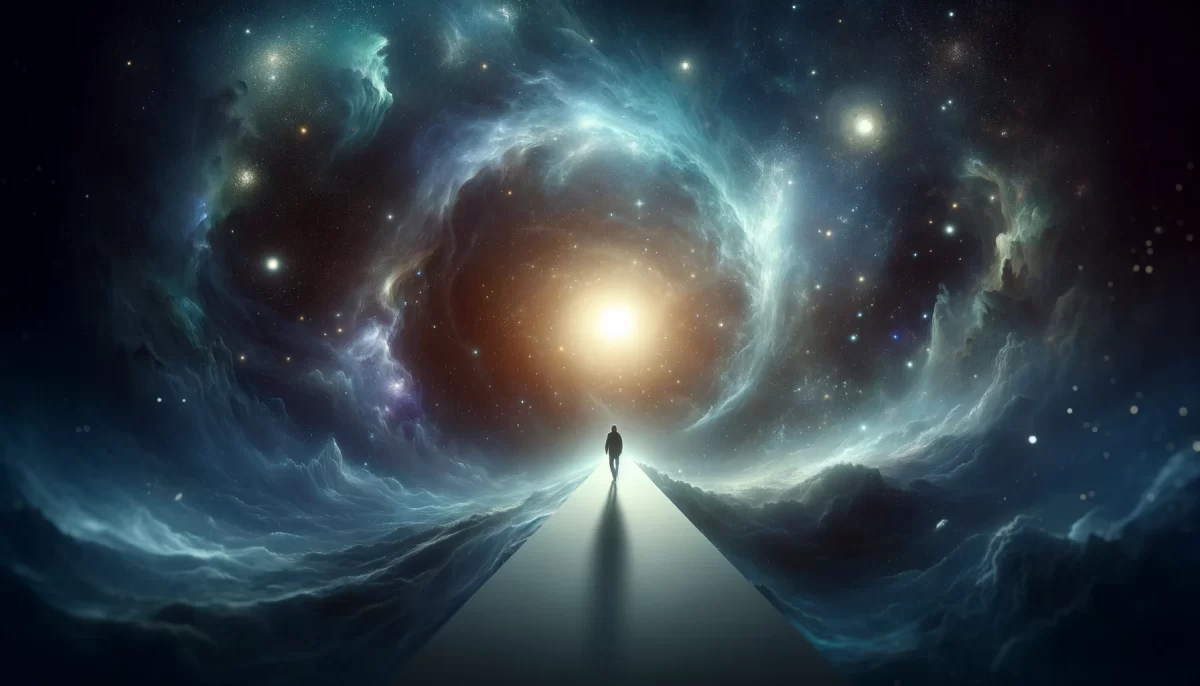
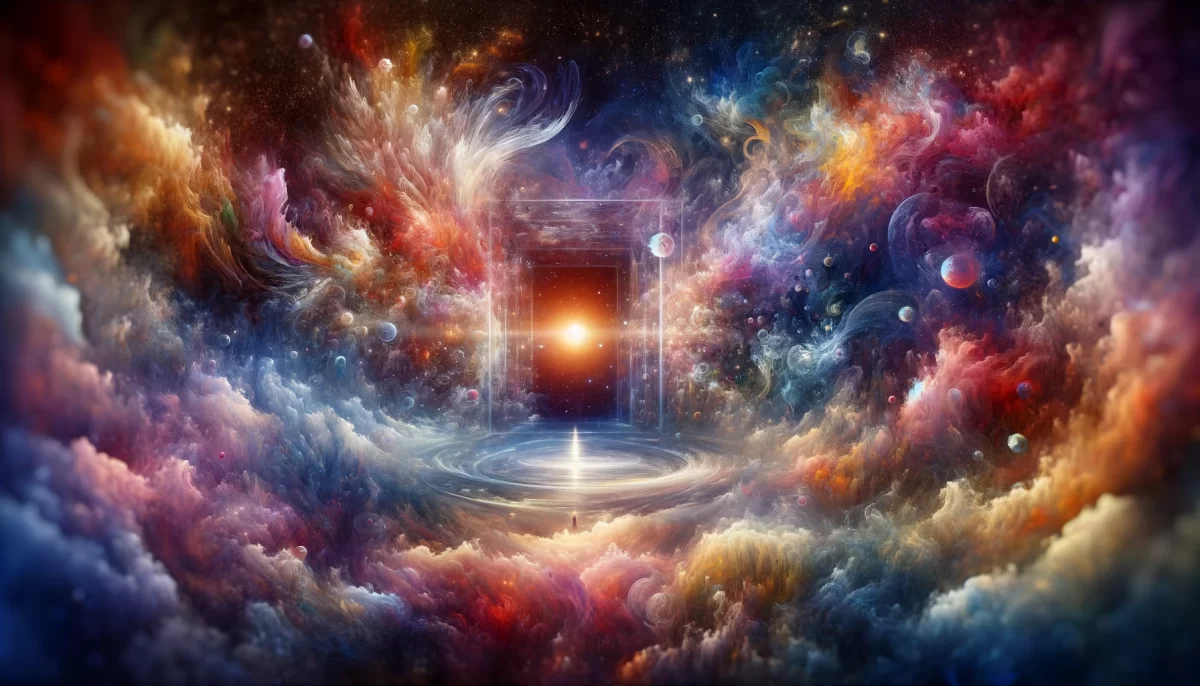
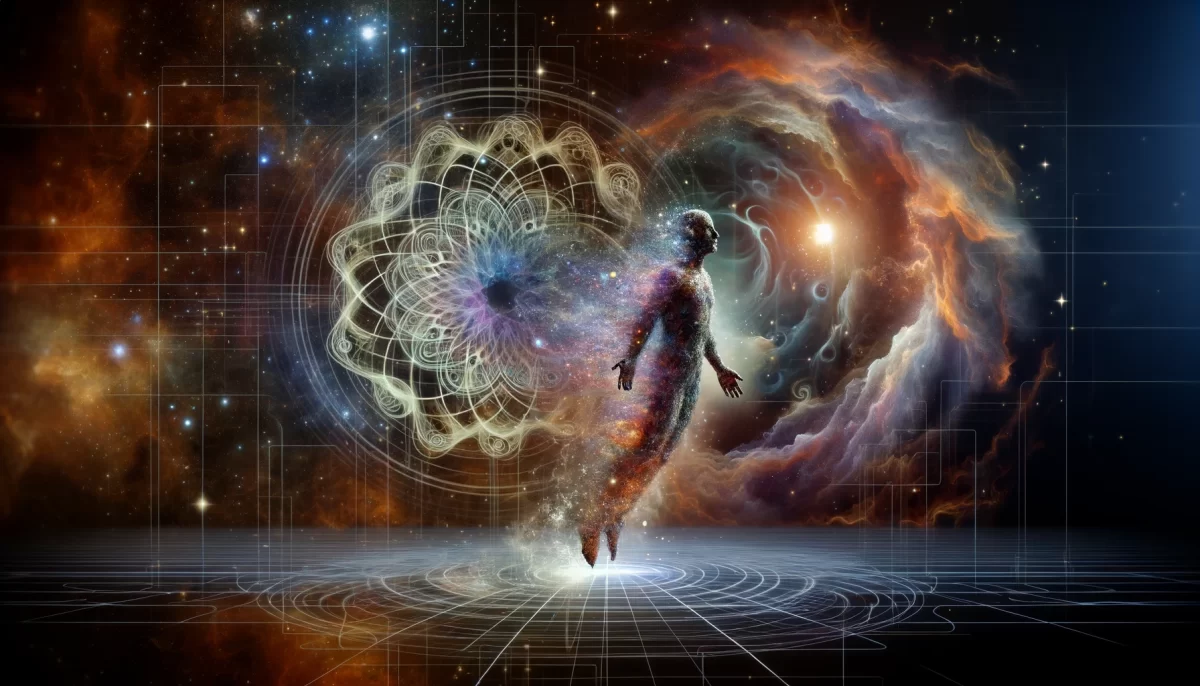
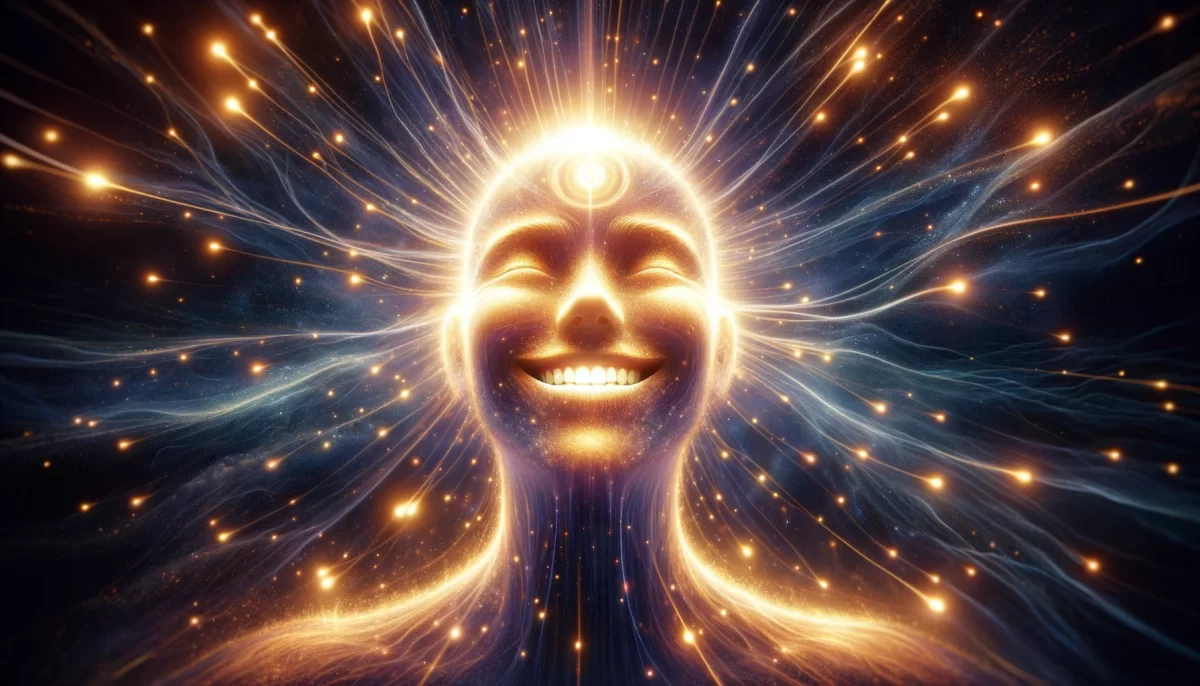
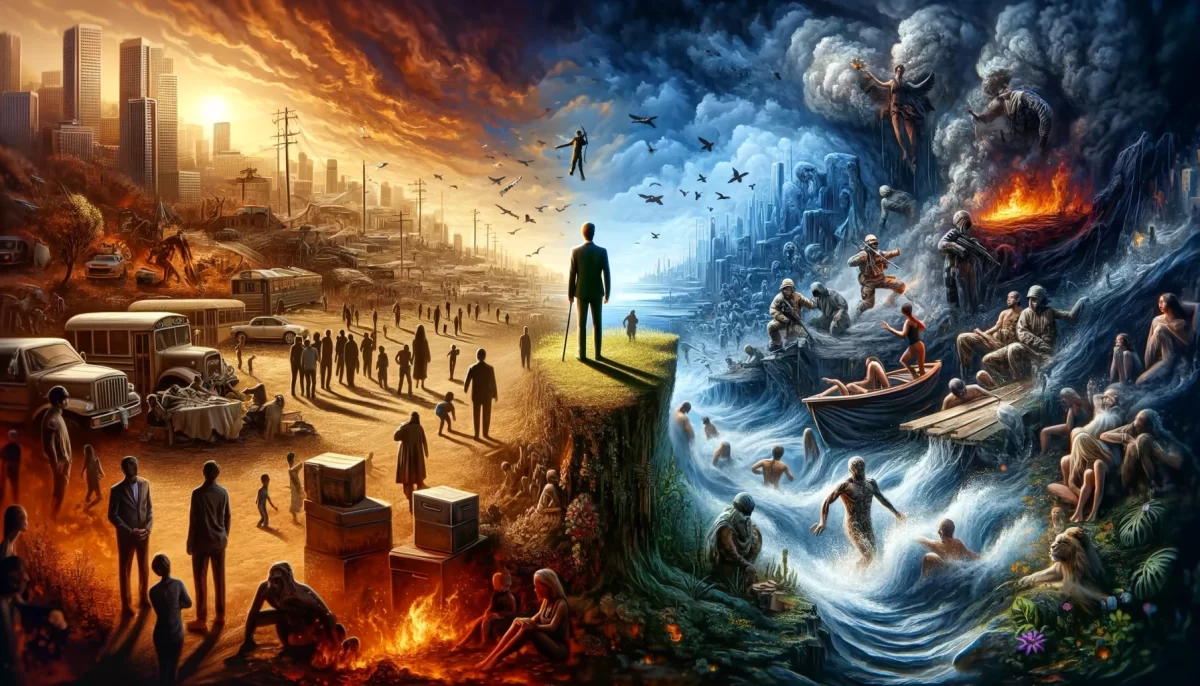
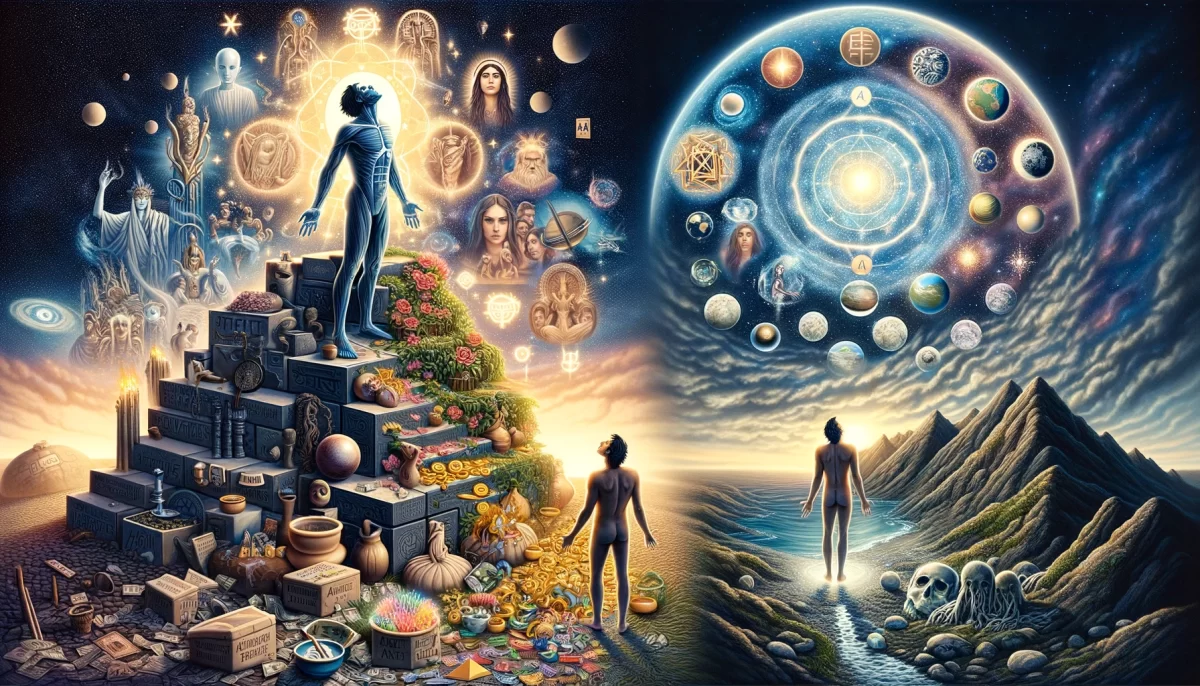
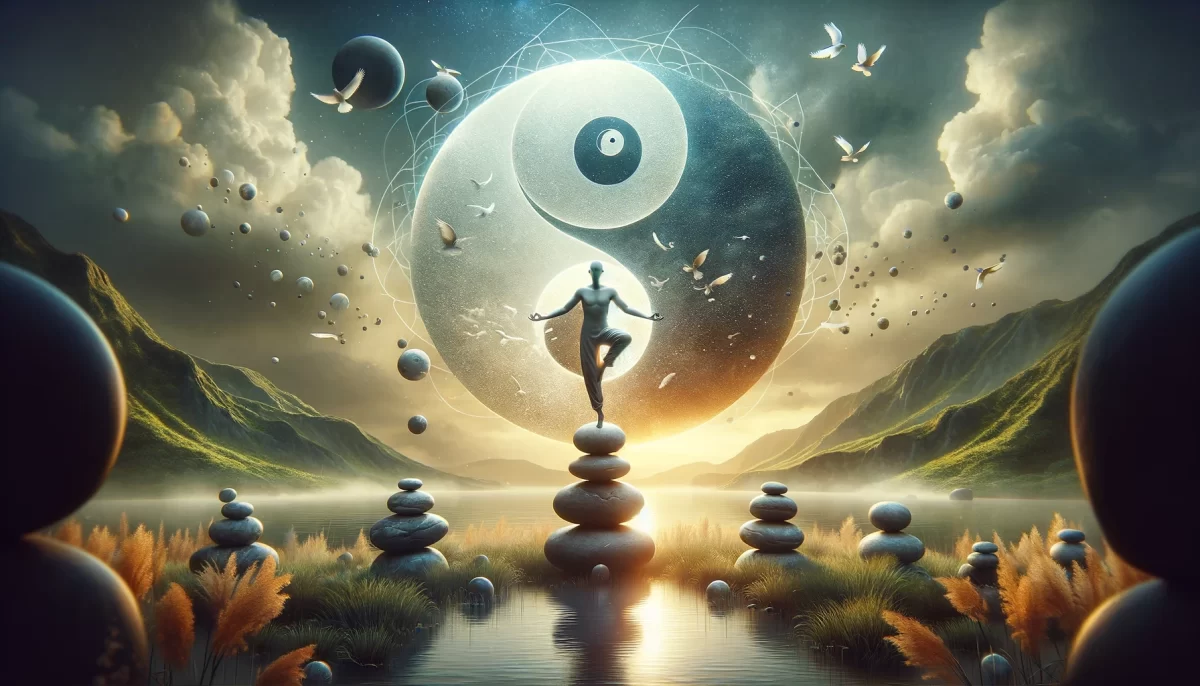
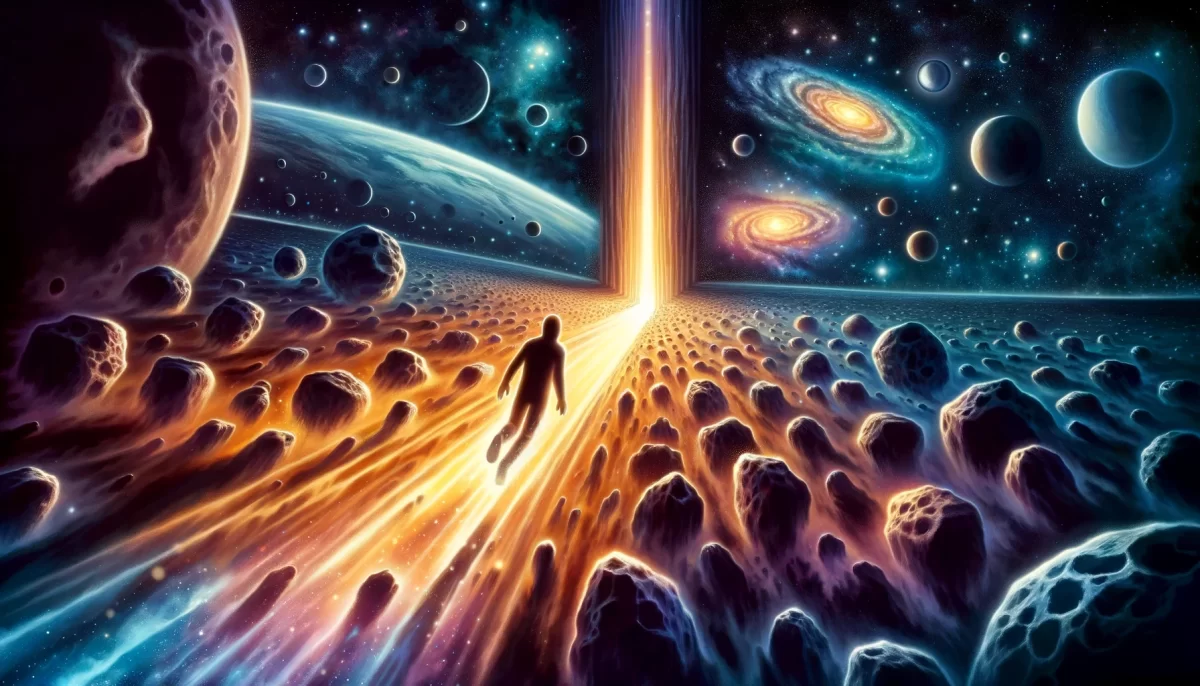
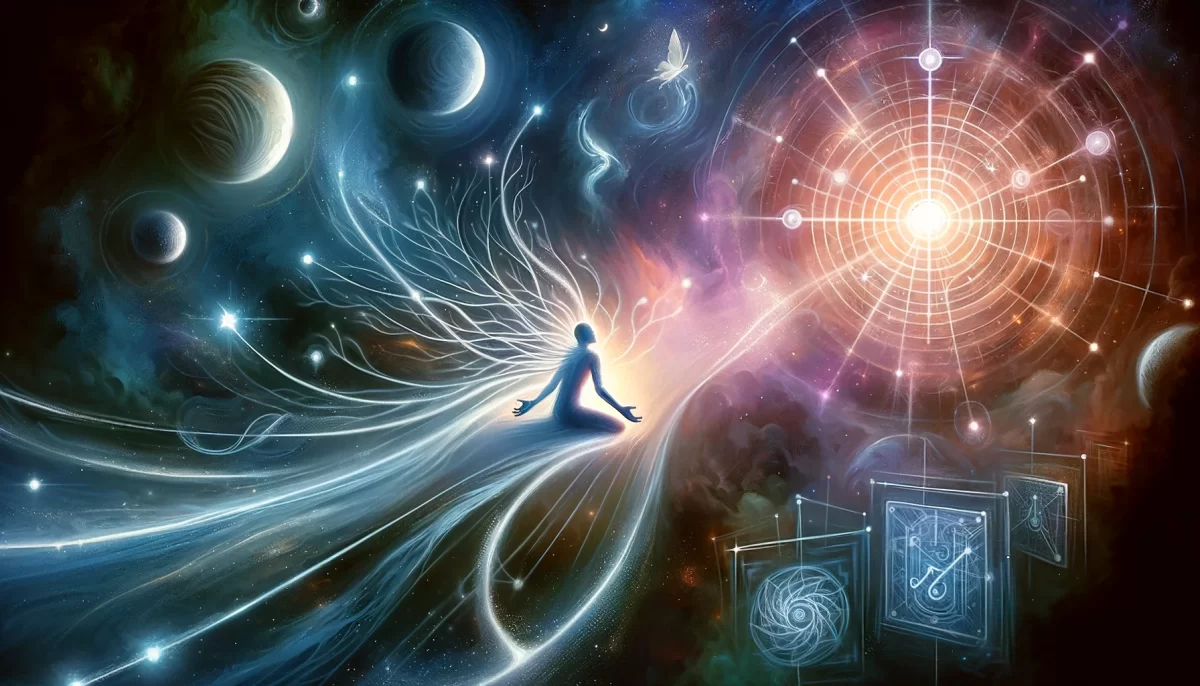
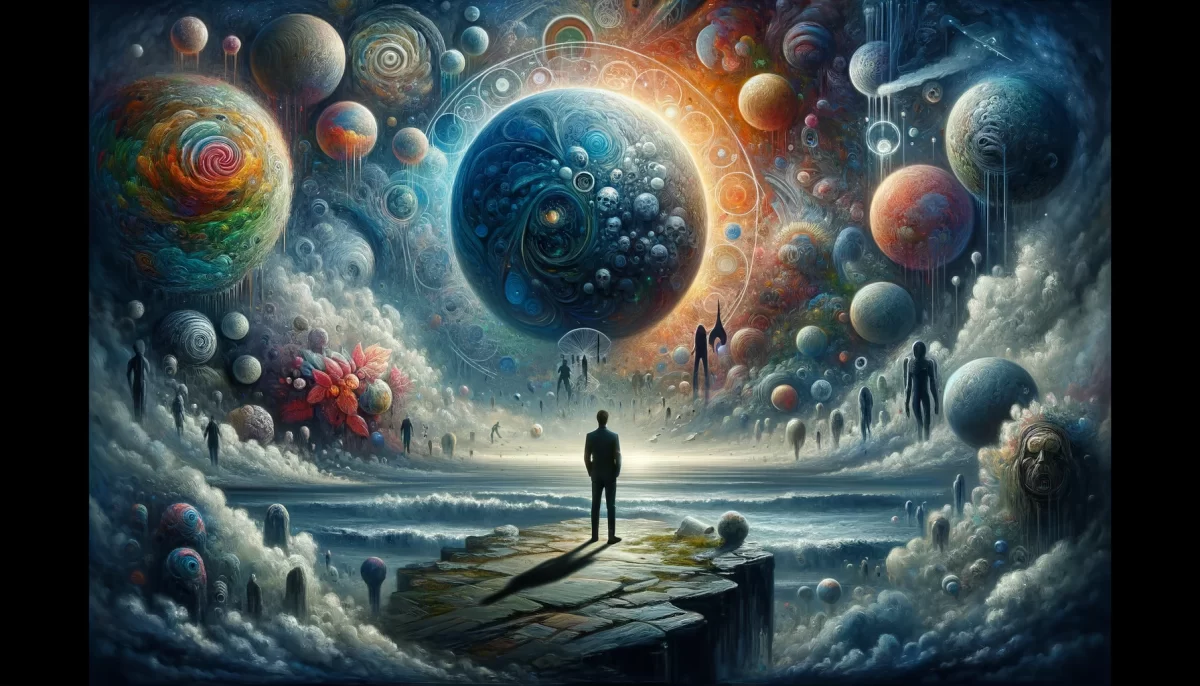
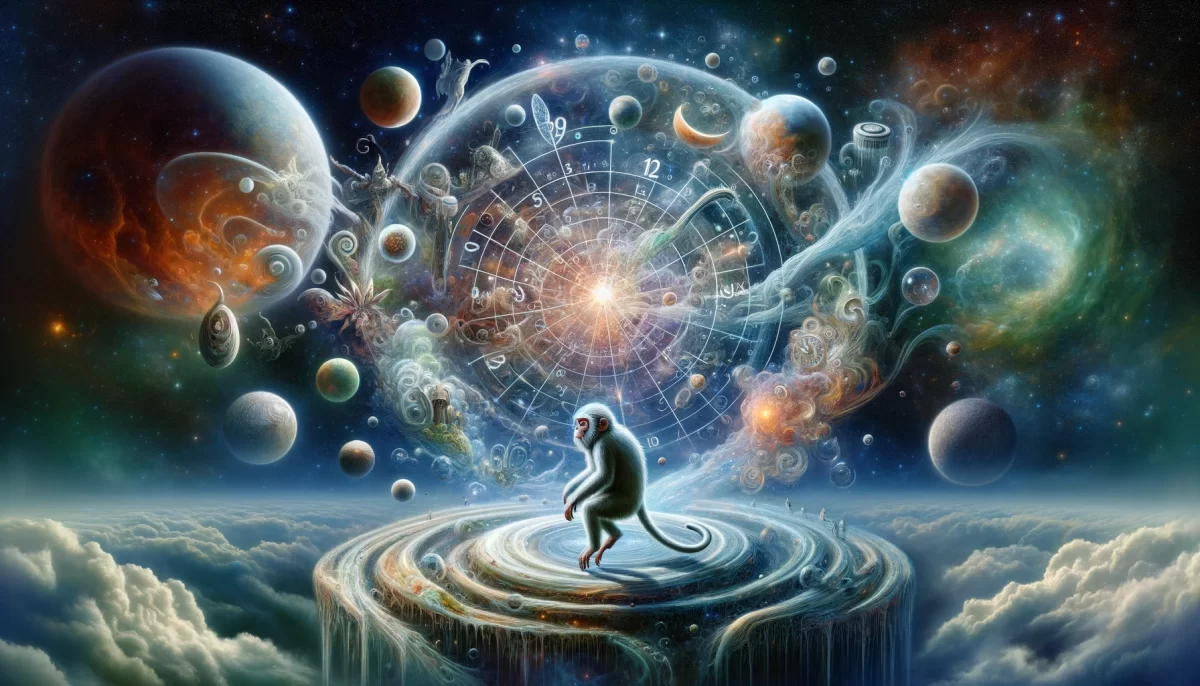
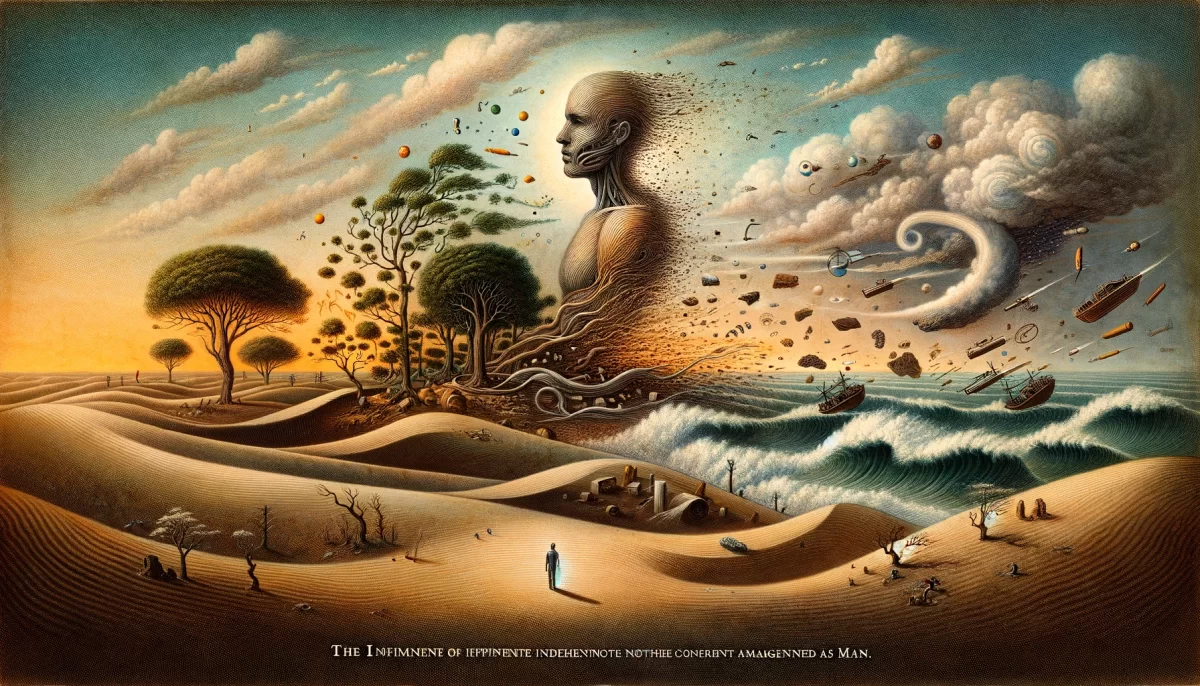
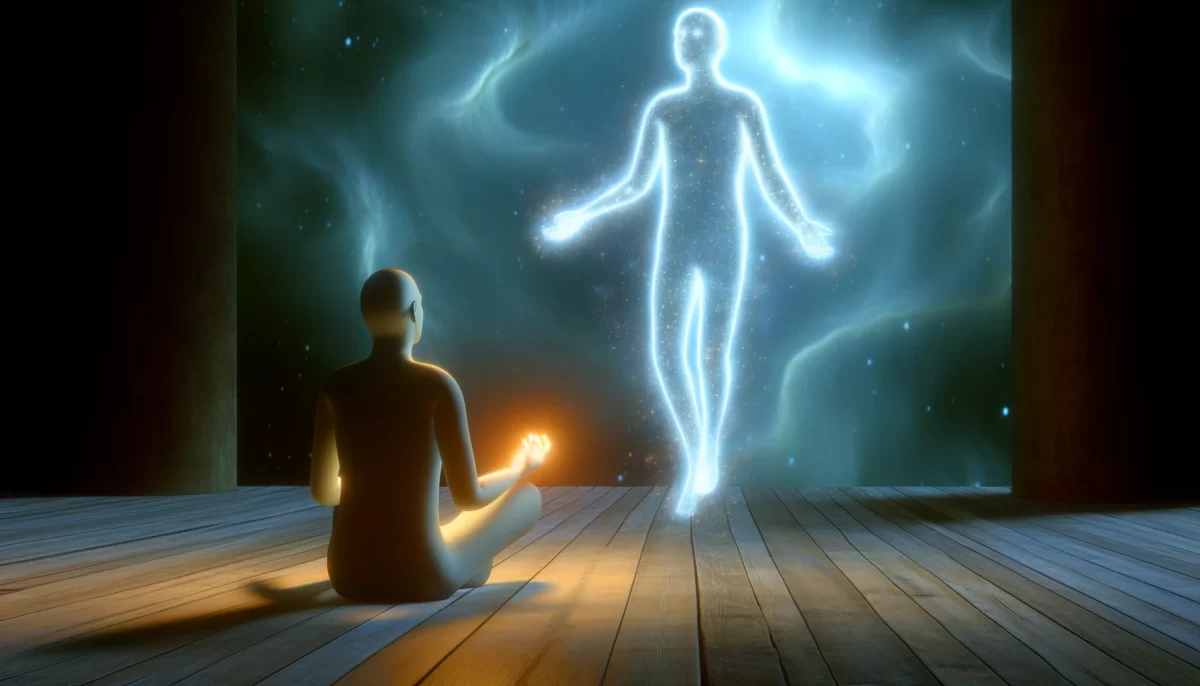
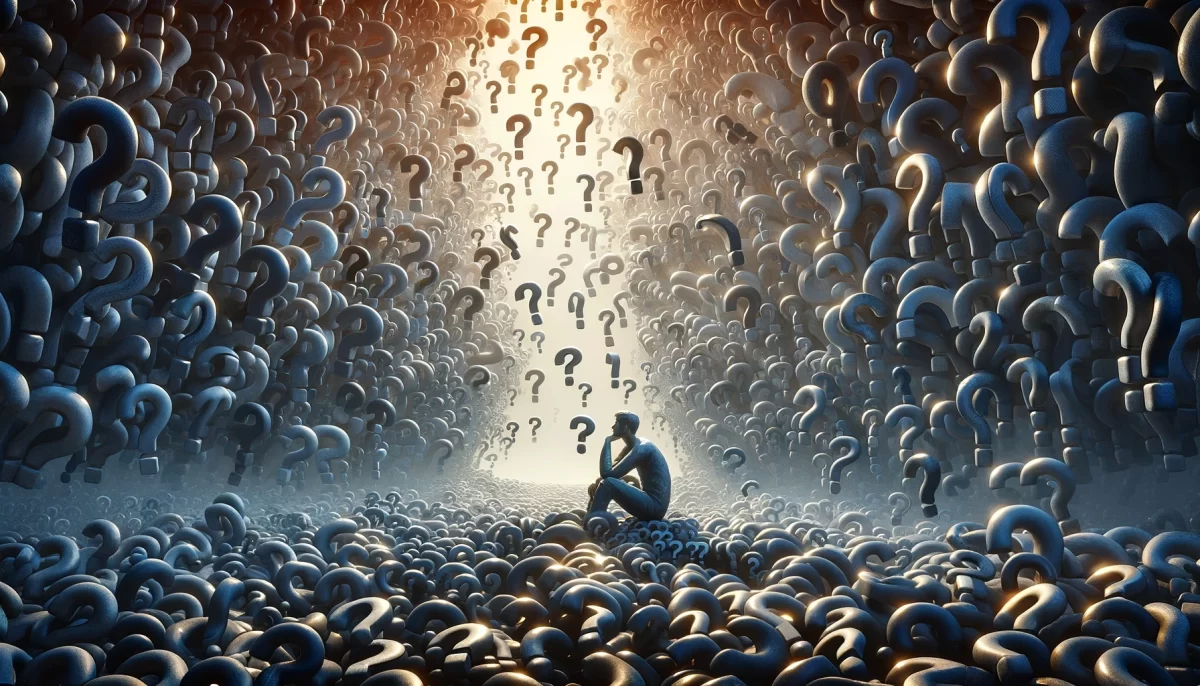
Leave a Reply